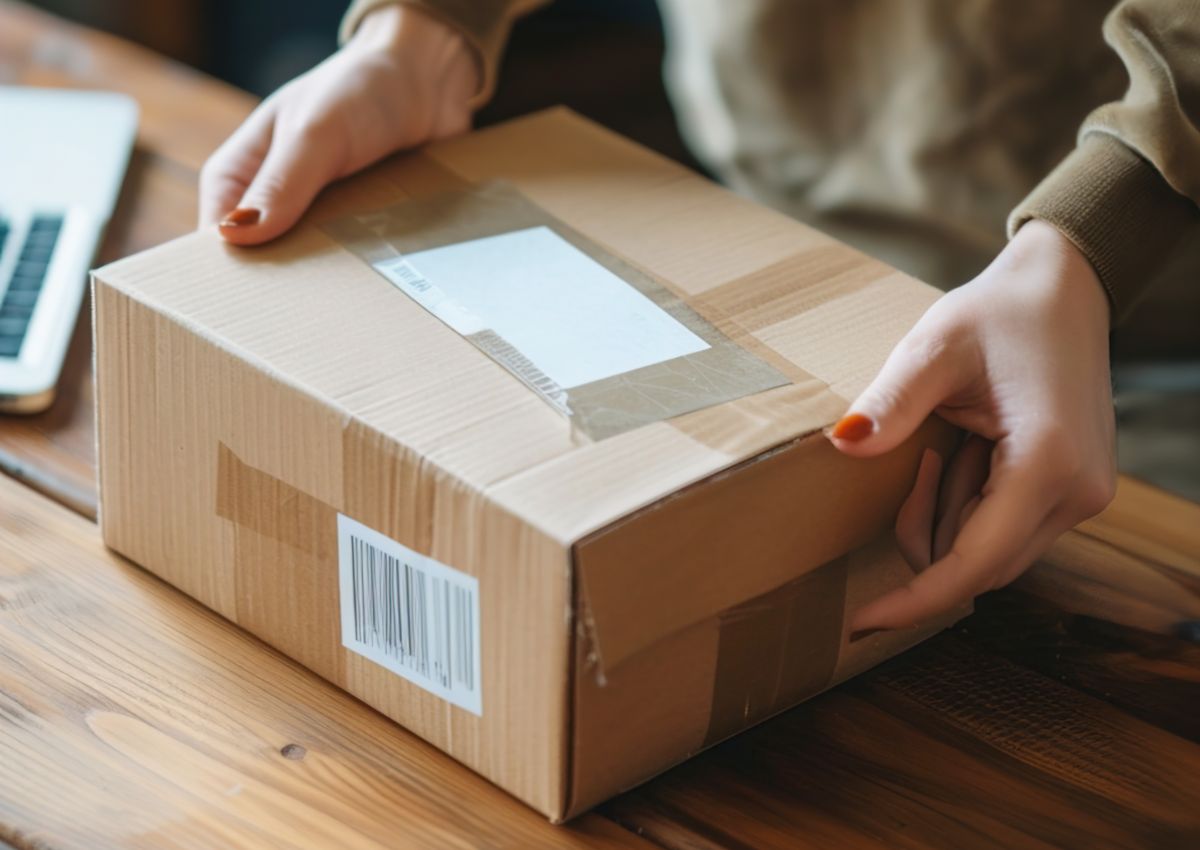The coronavirus pandemic is causing many European retailers to rethink how they make use of their physical stores, with results that could long outlast the crisis.
With most European countries under a complete or partial lockdown, consumers are stuck in their homes and many non-essential retailers have been forced to shut their physical store presence down. Comparatively, online retailers have largely been able to continue shipping (although there is increasing pressure on online retailers to either shut down warehouses or at least implement more stringent safety regulations).
Some retailers are responding by using stores as a showroom to demonstrate goods for online sales. For example, Hattons Model Railways, a UK-based retailer of miniature train sets, has set up cameras in its now closed store and is allowing people to book appointments and talk by video to staff. Meanwhile, Alibaba, the Chinese ecommerce giant, is encouraging bricks and mortar stores in China to make use of its live-streaming platform Taobao Live.
Other retailers are turning their stores into distribution centres for online shoppers. Ship from store has long been discussed as a fulfilment model but it has yet to gain majority adoption amongst retailers.
On the face of it, stores are a useful addition to the fulfilment network. They generally have central urban locations and a vast array of products on site.
However, stores are organised in a completely different way to warehouses and to offer products from the store online requires a level of reliable visibility of in-store inventory which is not available for most retailers. They have shorter opening hours and staff with different skills and training.
However, with stores otherwise sitting idle or, in the case of groceries, seeing smaller footfall and higher online demand, some retailers are choosing to make the most of them.
Carrefour and DIA are two Europe-based supermarkets which have turned their stores into distribution centres, with smartphone app companies providing fulfilment. Carrefour is now working with Uber Eats, while DIA is working with Glovo. Both services allow customers to order groceries from a store in the same way they would order a take-away from a restaurant, with staff going around the store to pick the order.
In the UK, supermarket Sainsbury’s has repurposed its now-closed store at Blackfriars as a hub to fulfil orders by bicycle. The store, located within London’s Square Mile, will have been particularly impacted by the increasing number of remote workers.
Meanwhile, Zalando is offering its ship from store programme to physical retailers with no fees for April or May. DHL and PostNL collect the orders from retailers’ stores in Germany and the Netherlands respectively.
The organisational challenges in shipping from store are profound and it may not become the norm, but retailers who set their stores up to handle it now may find it continues to be a useful tool after the crisis.








